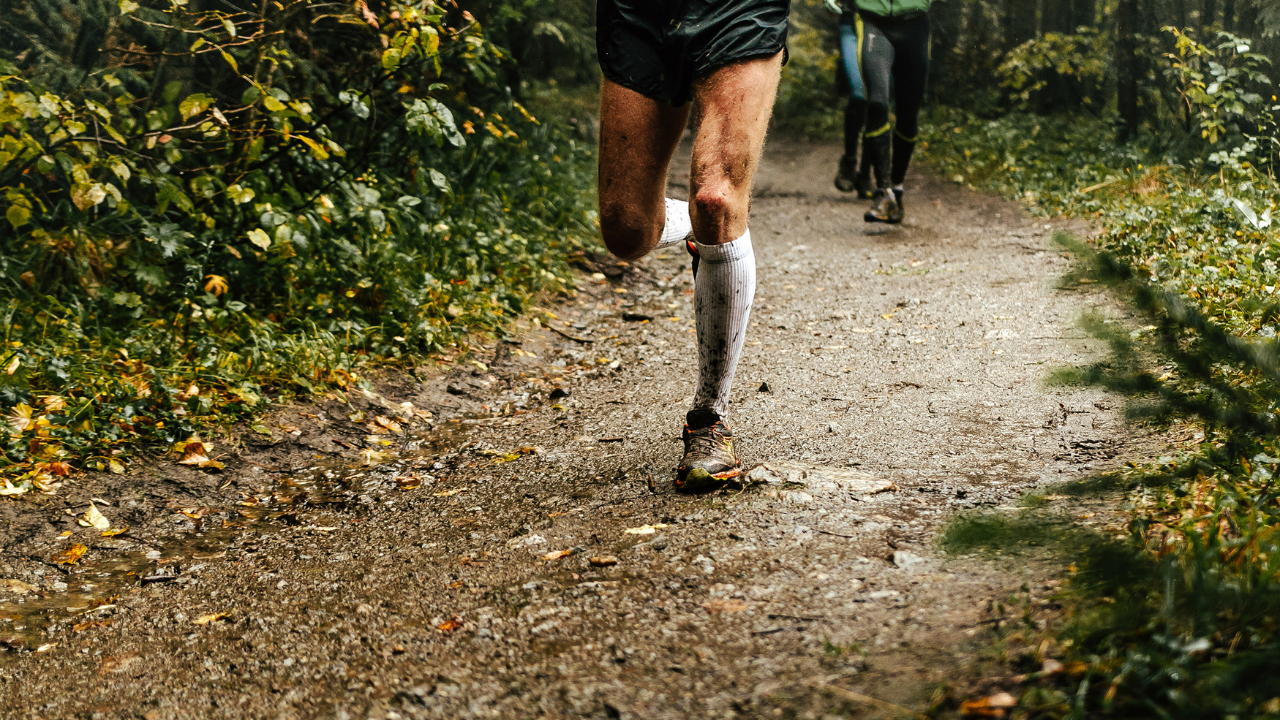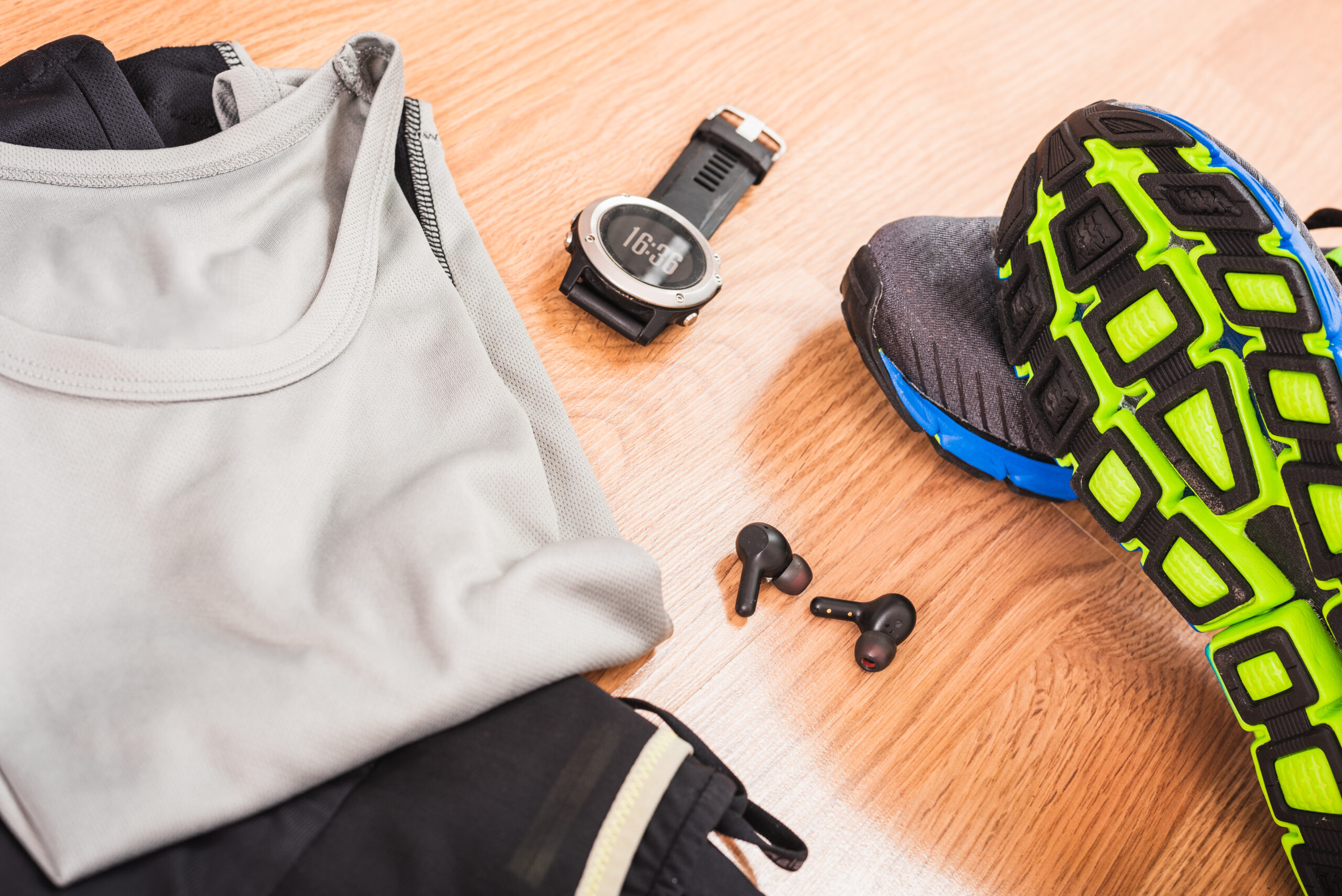
The Importance of Warming Up and Cooling Down for a Run
Running is a great form of exercise that has numerous health benefits such as improved cardiovascular fitness, decreased stress, and weight management. However, making time to warm up and cool down before and after running is just as essential as the activity itself. A warm-up prepares your body for the run by gradually increasing blood flow and loosening muscles and joints. Similarly, a cool-down helps your body recover from the exertion of running and reduces the likelihood of injury. In this blog post, we will discuss in detail the importance of warming up and cooling down before a run.
1) Warm-up appropriately:
Before running, it is important to prepare your body for the activity. One way to do this is by doing a dynamic warm-up for 5-10 minutes. A dynamic warm-up includes stretches that focus on muscle groups you will be using during the run, such as quads, hamstrings, calves, and hips. A dynamic warm-up helps boost your heart rate, increases blood flow to your muscles and prepares your body for the physical activity to come. It also lubricates your joints, reducing the risk of injury.
[optin-monster slug=”u9ogigt36k4zbwkxi5az” followrules=”true”]
2) Keep your warm-up light:
It is important not to overdo it during your warm-up. Start with a light jog, bike, or walk, gradually increasing the intensity until your muscles and joints are warm and ready to go. A warm-up should never leave you feeling exhausted or completely out of breath; rather, it should help you find the right pace for your run.
3) Cool-down:
After your run, it is important to take time to cool down. A cool-down helps to reduce your heart rate and allows your body to recover from the physical activity. One way to cool down is by slowly jogging or walking for 5-10 minutes, followed by some static stretches to relieve muscle tension. Cooling down also prevents lactic acid from building up in muscles, which is what causes post-workout soreness.
4) Stretching:
Stretching is a key component to both your warm-up and cool-down. Dynamic stretching before your run helps to loosen up your muscles and gets your body ready for physical activity. Static stretching, which involves holding a stretch for 10-30 seconds, is more effective after your run. Focusing on the muscle groups you used during your workout, helps reduce tightness and decrease the chance of injury.
5) Benefits of warming up and cooling down:
Warming up and cooling down are as important to running as the main activity. Warming up helps reduce joint stiffness, which makes it easier to move, and prepares your muscles for the physical activity ahead of you. Cooling down helps reduce lactic acid build-up and post-workout soreness.
Warming up and cooling down are crucial parts of a runner’s routine. They allow the body to adapt to the increased physical demands placed upon it during a run. Without it, there is an increased risk of injury, decreased performance, and delayed recovery. A warm-up prepares your body, both mentally and physically, for the physical activity ahead. While cooling down allows your body to return to its resting state and reduces the risk of injury. Remember always to prepare yourself properly with a warm-up and cool-down that suits the intensity of your workout. By taking care of your body in these ways, you will maximize the benefits for both your body and your mind.






